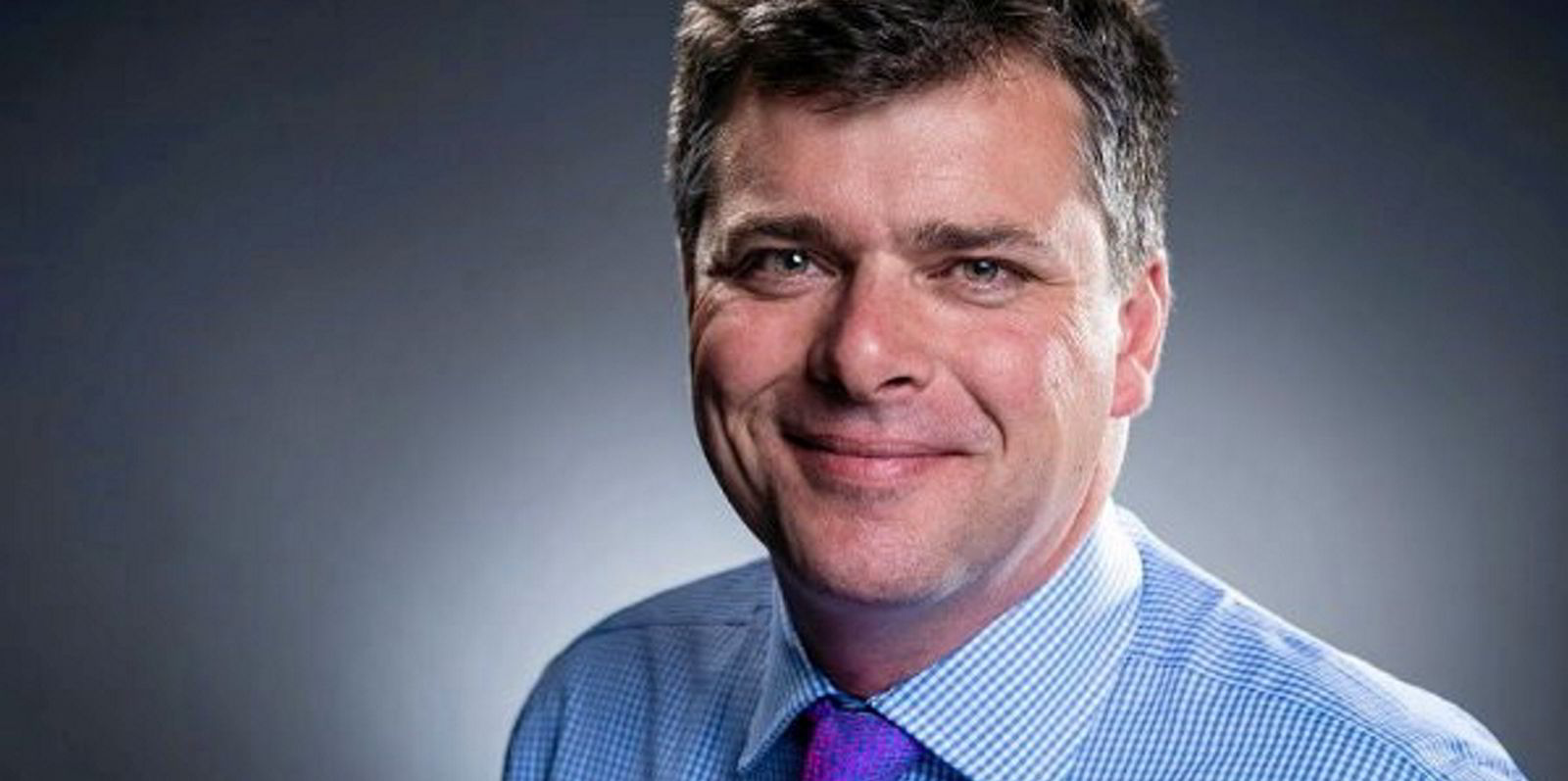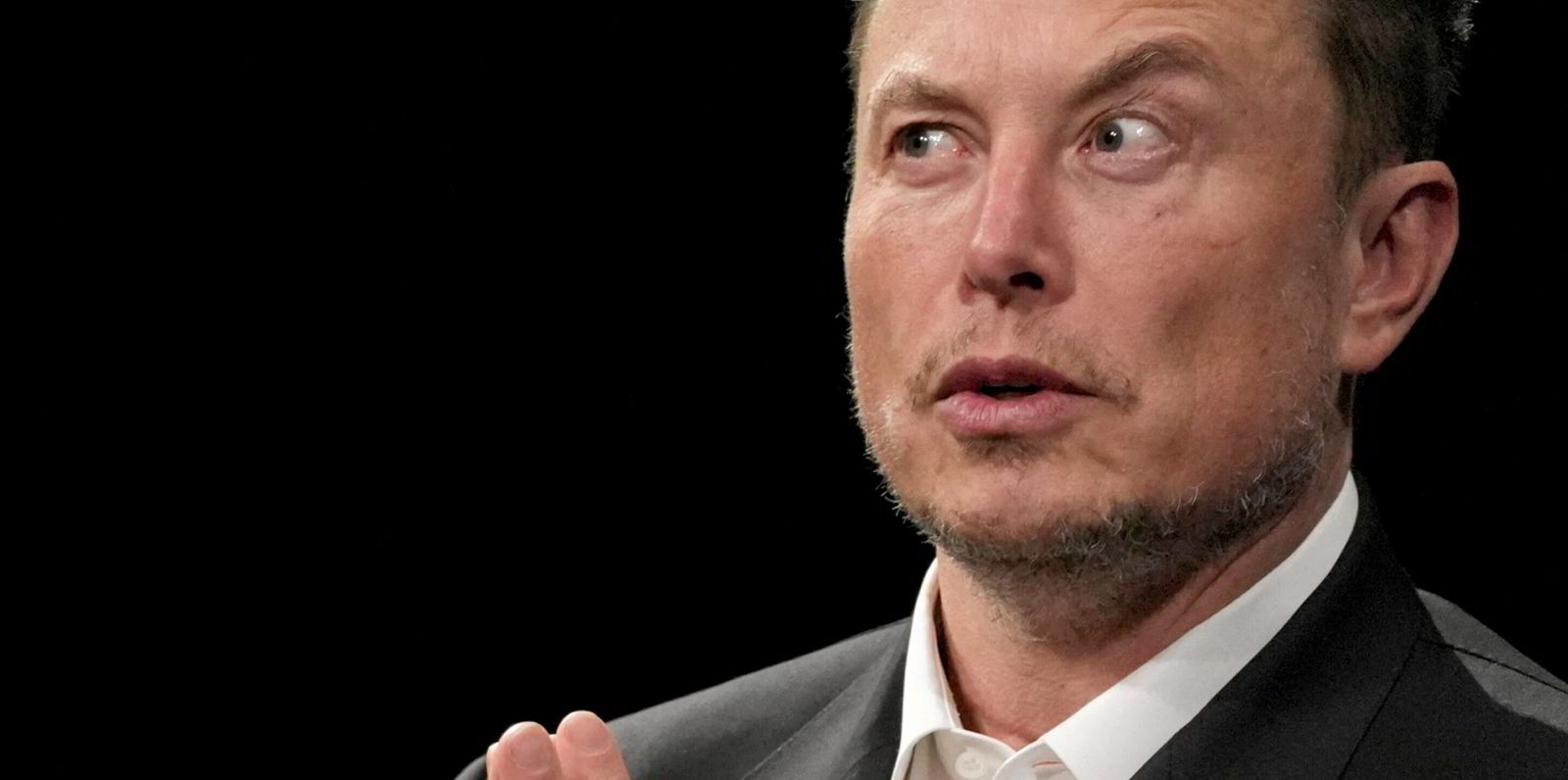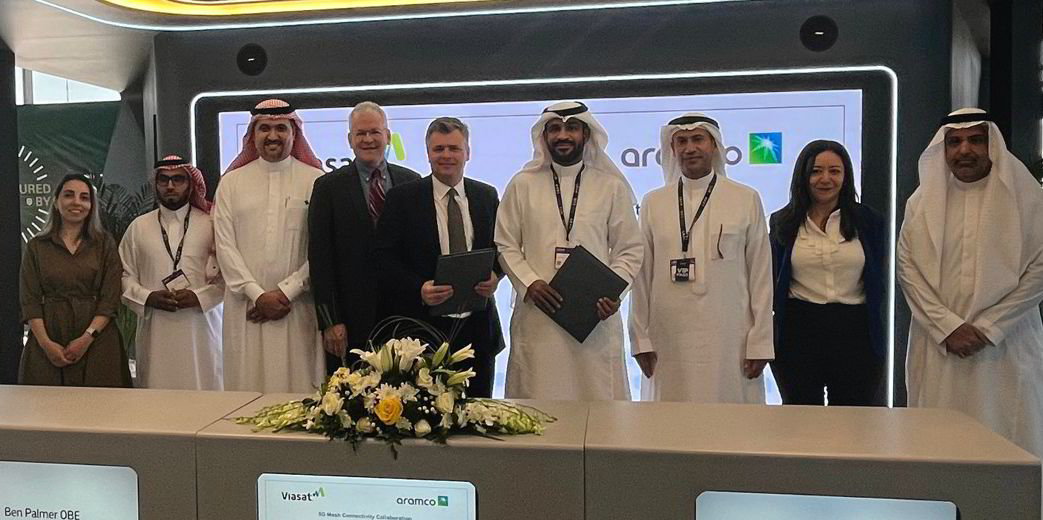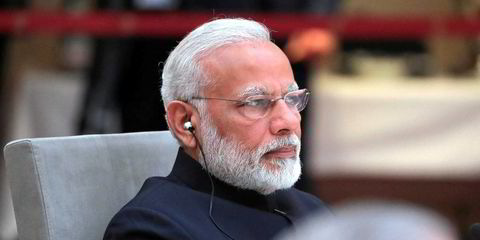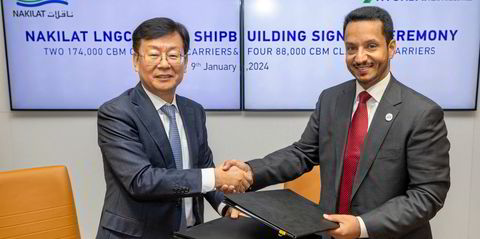The dust has begun to settle for the new Inmarsat, now a division of US-listed Viasat and facing tough competition from new satellite players such as Elon Musk-backed Starlink.
The UK offices of the combined company are no longer on London’s Old Street roundabout where a rocket-like facade carrying the Inmarsat logo caught everyone’s attention.
Inmarsat’s new home at 50 Finsbury Square is all glass and steel. It is fresher, smaller and bristling with technology. It is also Viasat’s first office in the UK.
The move was on the cards before the takeover, according to Ben Palmer, the former Inmarsat president who is now president of Inmarsat Maritime, a Viasat company, but is symbolic of the company’s new life.
“There is a metaphor here that I think says it is fit for purpose in the context of a 21st-century forward-looking, optimistic and ambitious business,” Palmer said.
With the acquisition finished, there was a sigh of relief among Inmarsat staff, despite some redundancies, he said.
“I think in terms of how it felt and how it feels now, we are thrilled to be part of a much bigger $4bn turnover business enterprise with real strength around aviation and government.
“We had a balanced business as Inmarsat, but maritime was the biggest puppy in the litter,” Palmer told TradeWinds.
Inmarsat has become the maritime division of Viasat, with its other legacy business units focusing on government and aviation integrated into the US-listed business.
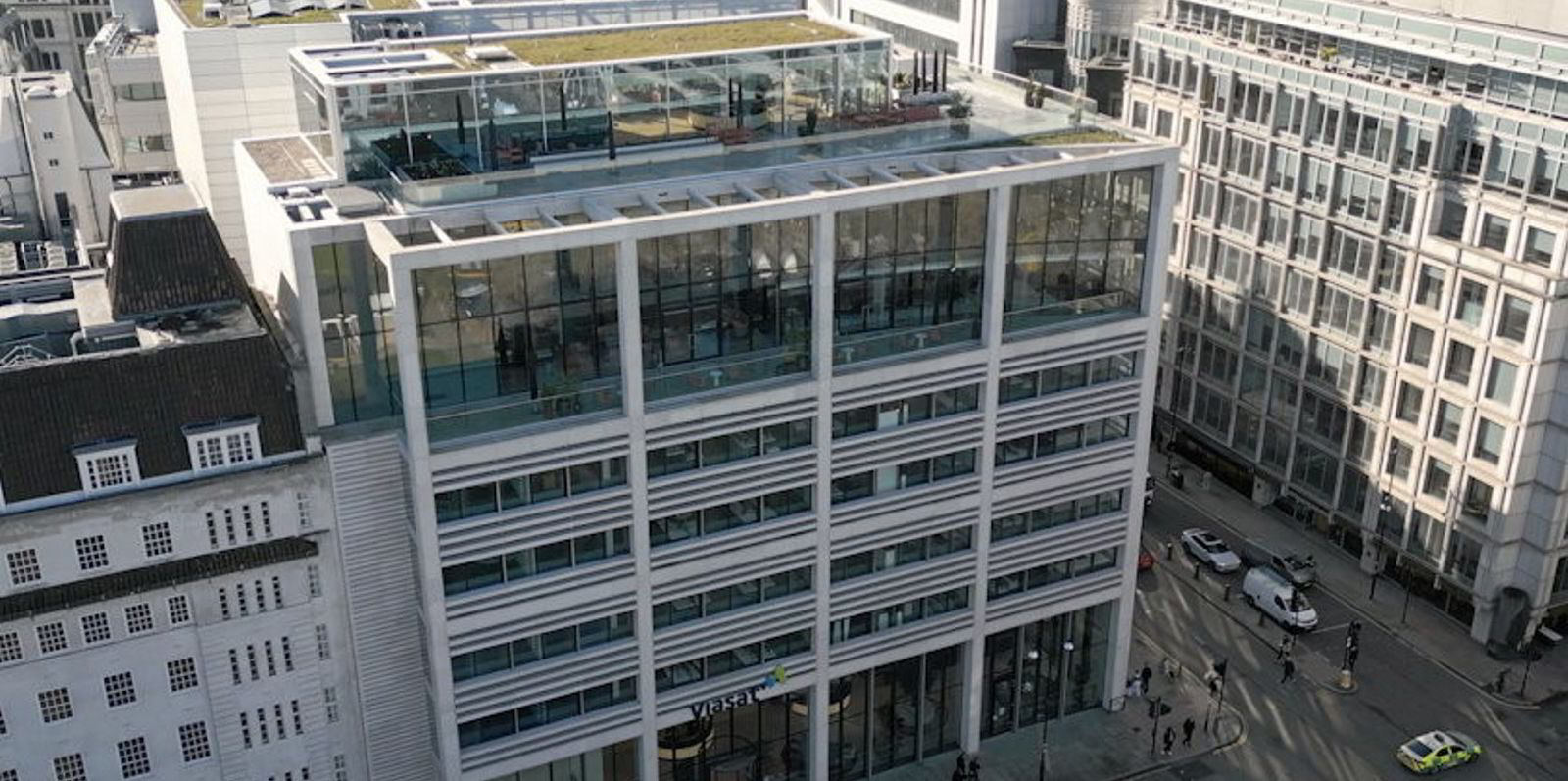
Viasat operates resources on four satellites compared with Inmarsat’s 15, with both operating geostationary units in the Ka-band, while Inmarsat has its L-band services. The coverage of most of Viasat’s satellites is the US and North Atlantic.
But in terms of overall business, Viasat is one of the largest satellite service providers for shore-based business, aviation and government. The acquisition of Inmarsat, for $551m and 46m Viasat shares, gave it a global network and the maritime industry.
For Palmer, as head of the combined company’s maritime business, the focus is on the company’s satellite launch programme.
Hurdles to overcome
The programme has not been without problems and delays, and questions have been raised over the ability of Inmarsat’s current infrastructure to maintain performance.
Last year, the second of the Inmarsat I-6 satellites failed to deploy, as did a Viasat satellite. The I-6, or sixth generation, constellation were intended to be satellites with both Ka-band and L-band throughput on board, for all its customers, and Fleet Xpress services for maritime included.
Inmarsat also saw one of its existing I-4 satellites suffer downtime in April, briefly affecting Inmarsat’s ability to offer its global maritime distress and safety service through its Inmarsat-C terminals.
But despite these deployment failures Viasat still has a launch road map, including an Inmarsat-8 fleet and a new ViaSat fleet, which Palmer said keeps the company competitive, especially given the build-up of competition in the maritime sector.
“What Viasat has traditionally been famous for — and you see this with the legacy ViaSat-1 and ViaSat-2, but most particularly with the new ViaSat-3 constellation — is bringing innovative technology around capacity,” he said.
“What we are excited and looking forward to benefiting from over the next couple of years, is the massive additional capacity in geostationary satellites that ViaSat-3 satellites will bring to bear.”
This series of three new satellites will increase capacity and bandwidth for all Viasat customers, including Inmarsat’s, Palmer said.
“So we are very focused right now on building the right technology road maps that will allow us to make sure that we have the ability for our FX [Fleet Xpress] service to evolve to make use of that.”
But Inmarsat’s dominance has been eroding in recent years, according to industry analysts.
Competition from Iridium in the L-bandwidth is nothing compared with the various K-band offerings that will be competing with Inmarsat’s.
Palmer welcomes the competition from the likes of Starlink, OneWeb and Amazon. He sees this as a sign of a healthy market and one where he thinks the new Viasat-strengthened Inmarsat can put up a fight.
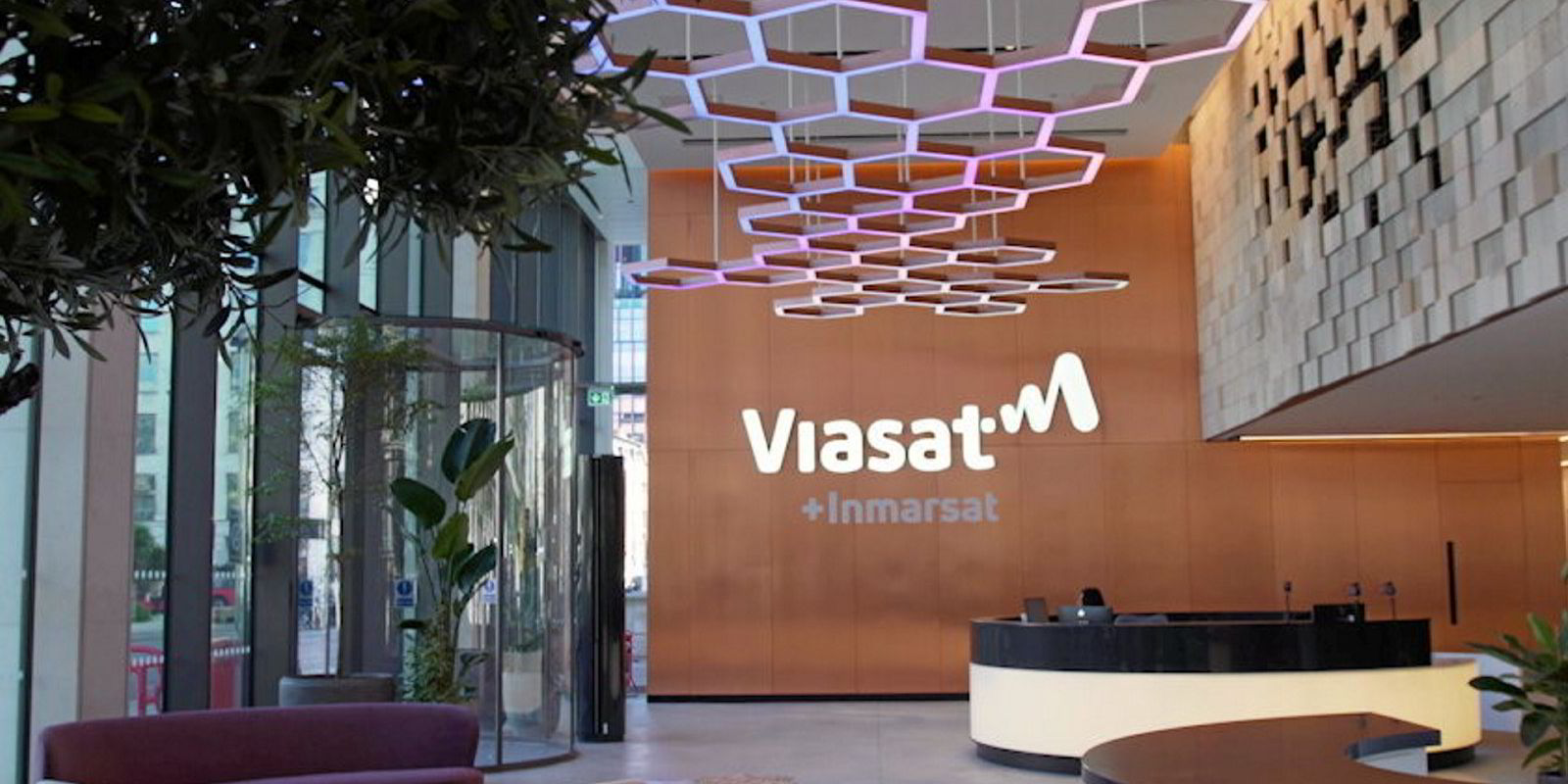
Up for the fight
Palmer comes from a defence civil service background and worked in companies such as Northrop Grumman selling defence systems.
He is not afraid of a fight and has an OBE to prove it, being awarded it in his 30s for his part in the UK presence in Afghanistan.
He is also not against taking journalist interviews from his home gym, talking to TradeWinds in an online meeting with his exercise equipment in the background.
“I have been on the record for saying I want to be in an industry that is attracting massive forward investment from some of the most successful businesses on the planet,” he said, referring to the investment and proposals from Elon Musk’s Starlink, Jeff Bezos’ Project Kuiper or Eutelsat OneWeb.
“You know you are on to something when someone says, ‘This is an attractive market I would like to get into.’
“Having worked in the defence industry for much of my life, I can tell you that, notwithstanding what is going on at the moment, this is a nicer problem to have than others you could face.”
But while Palmer welcomes the investment in the satellite sector, and said he did not want to be critical of Starlink, he did raise questions about the Starlink business model.
“When we put a geostationary satellite up, it stays up and is operable for 20 to 25 years, and you need three to cover the globe,” he said.
“But if you are you are pumping satellites into space, on a 20-a-load basis, and they have an average life of two to four years, the sustainability of that business model, even for the most well-heeled investors, is going to be interesting over time.
“I am not here to trash Starlink,” he said, pointing to the terminals and antennas which are easy to install and become popular as a consumer choice. “They are generating excitement around crews. That is a reality and a lot of our enterprise customers are experimenting and trialling, and you know, it is a hot topic.”
Inmarsat customers do, he insisted, value the trust, reliability, resilience, cyber security and the integrated managed service the new combined company offers.
But he admits that the increased competition has made Viasat raise its game.
“That is good for us in terms of how we strive to drive our performance,” he said. “The real competition is the quality of the managed services, with people putting Starlink alongside Inmarsat/Viasat. It is how people are putting it together as a managed service.”
